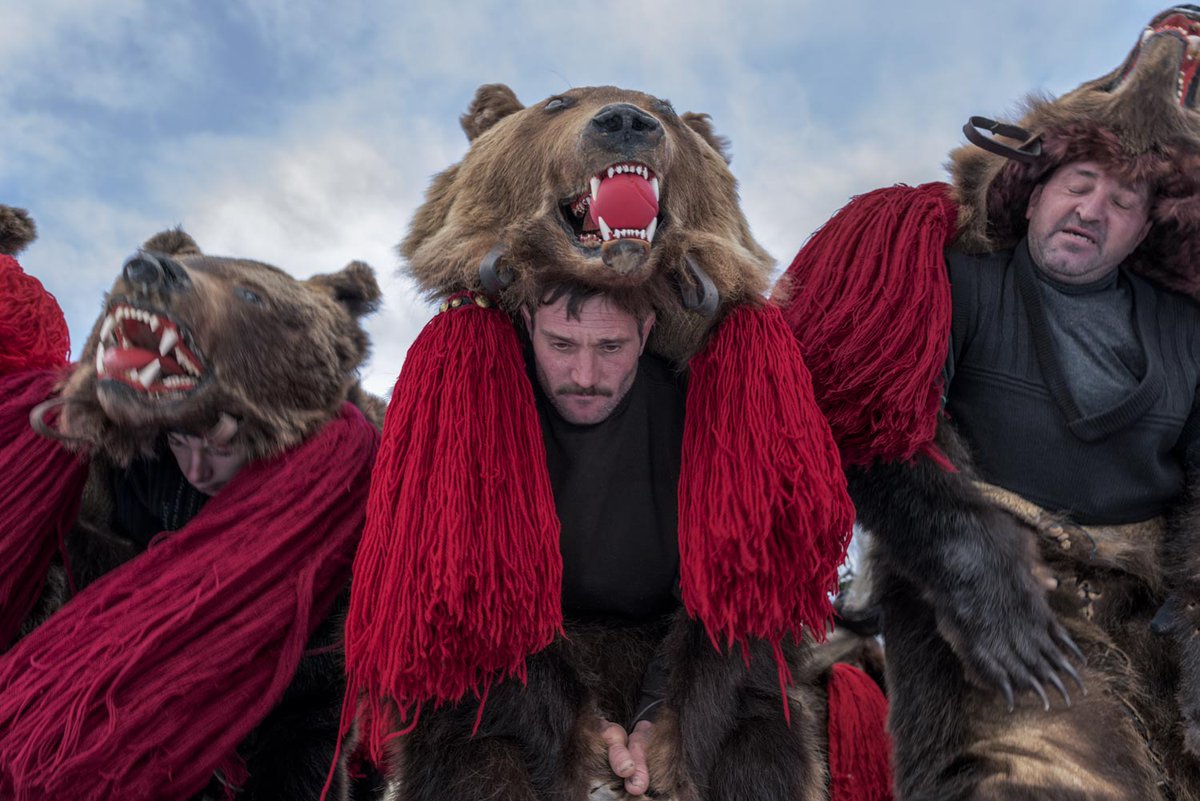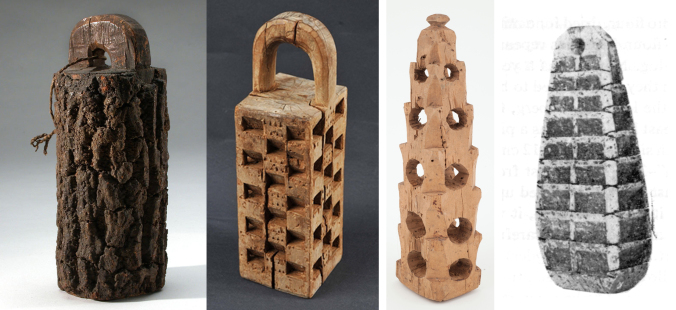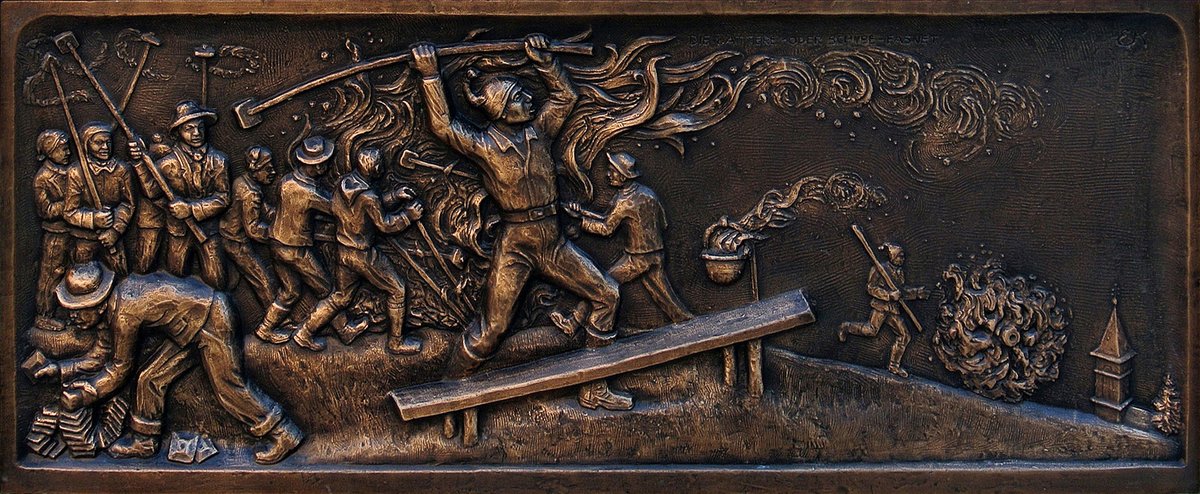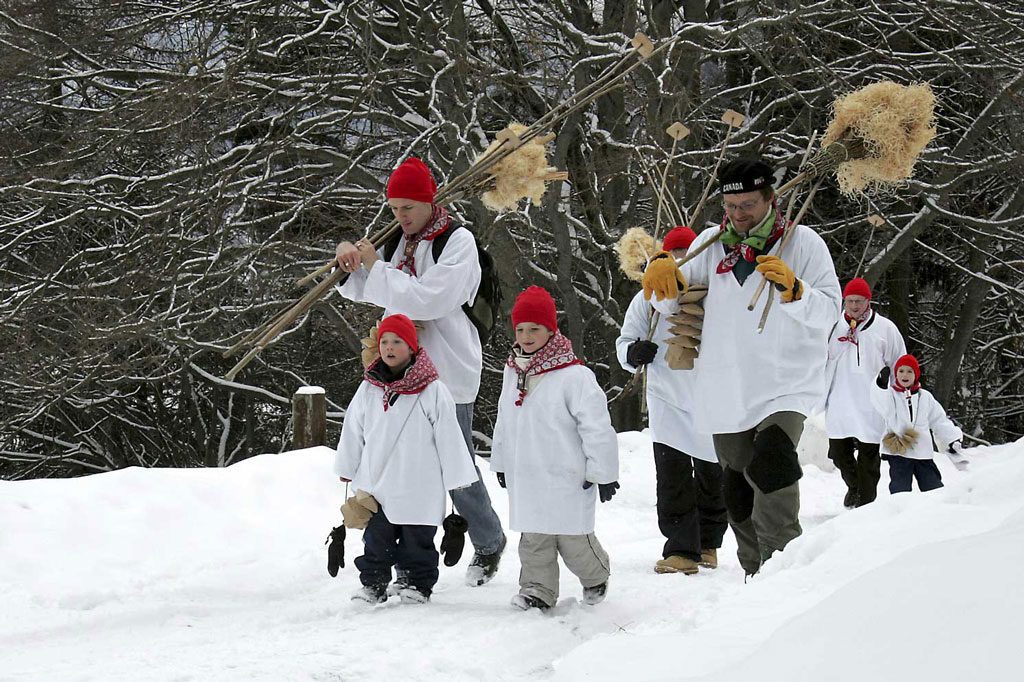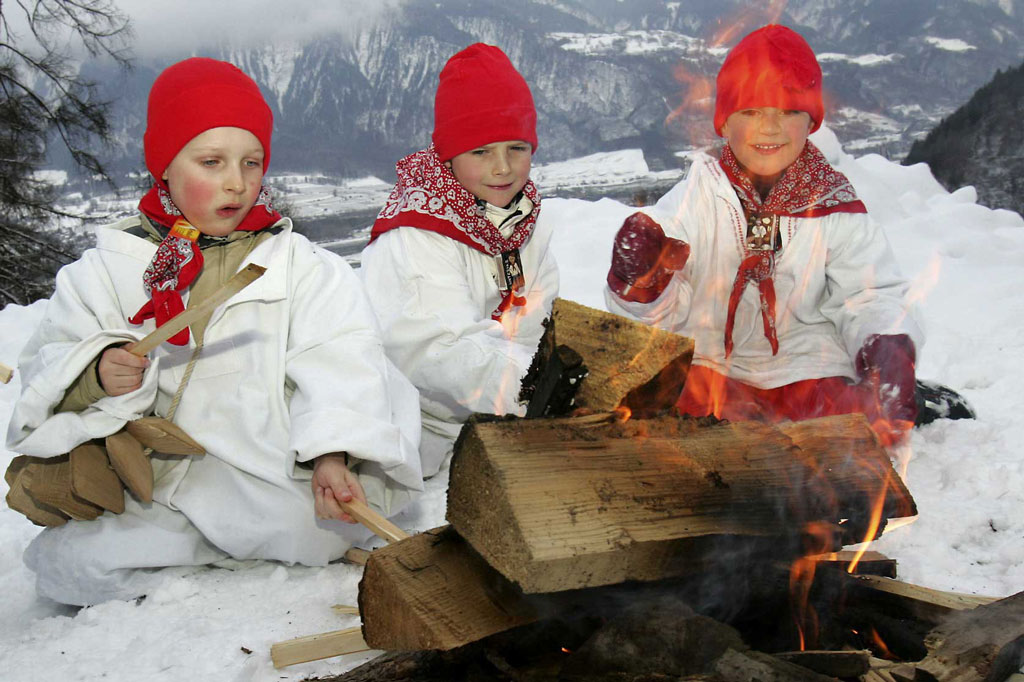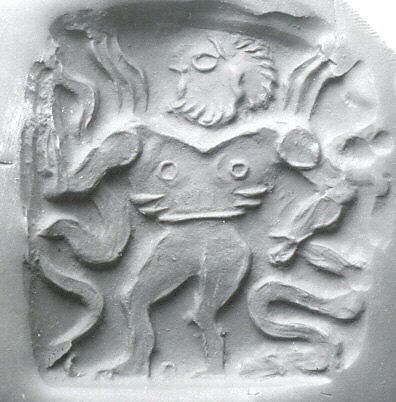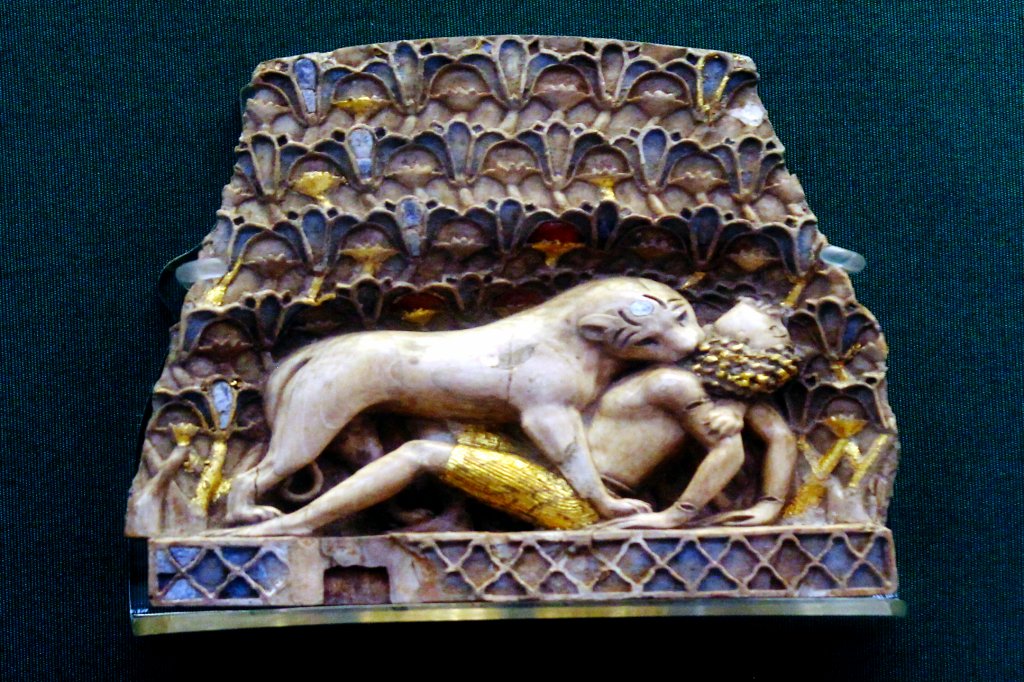
Thread:
Luca: Ciao Giovani, Marko, Fabrizio!!! Where's Giuseppe?
Marko: He said he didn't feel the best. Probably a hangover...Or black plague...
Luca: Ah well...Valpolicella or Nero d'Avola?
A conversation overheard in front of a "buchetta del vino" in Florence in 1630...
Luca: Ciao Giovani, Marko, Fabrizio!!! Where's Giuseppe?
Marko: He said he didn't feel the best. Probably a hangover...Or black plague...
Luca: Ah well...Valpolicella or Nero d'Avola?
A conversation overheard in front of a "buchetta del vino" in Florence in 1630...
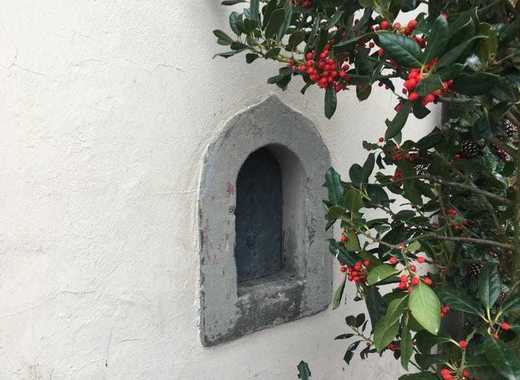
A "buchetta del vino"???
Between 1629–1631, the bubonic plague tore across what is now northern and central Italy, killing possibly as many as 2 million people, about one third of the population. It was a dark, fearful time.
But, people still wanted to get drunk...
Between 1629–1631, the bubonic plague tore across what is now northern and central Italy, killing possibly as many as 2 million people, about one third of the population. It was a dark, fearful time.
But, people still wanted to get drunk...
And so enterprising wine merchants came up with a "buchetta del vino": a hole in the wall of a wine merchant or a restaurant, through which flasks of wine could be passed to people on the street... 

Here is the scary bit: CNN reports about reopening of these drinking holes with the title: "The charming re-emergence of 'little wine holes' in Florence"....CHARMING?!? Are people gone totally insane?
• • •
Missing some Tweet in this thread? You can try to
force a refresh

